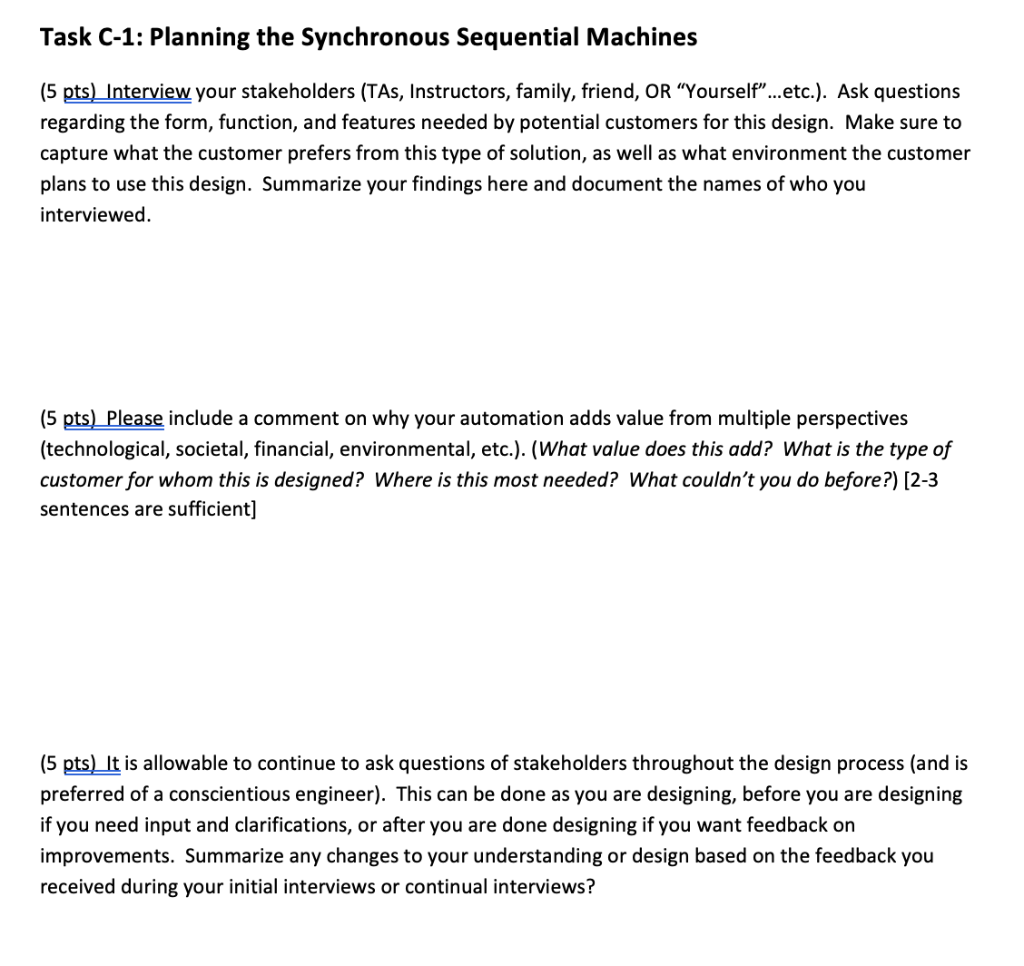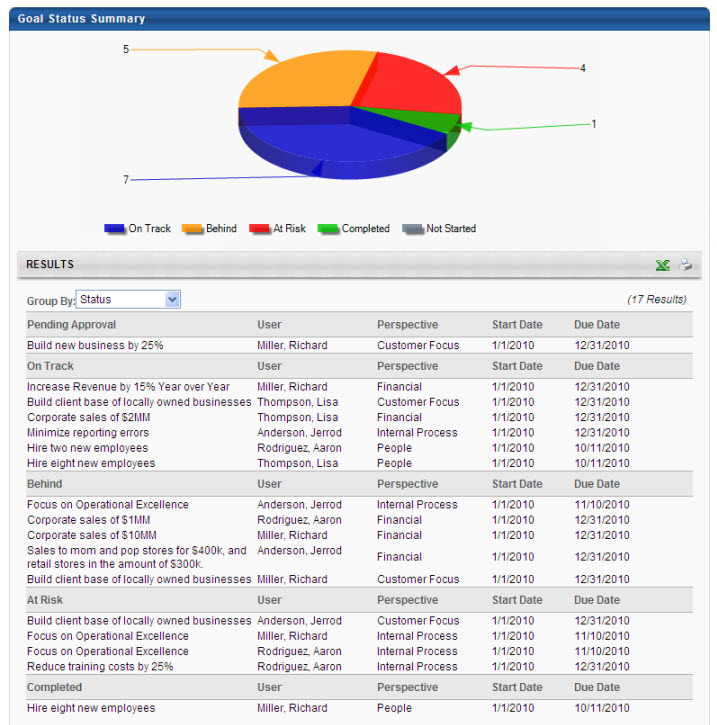The Goal: A Process of Ongoing Improvement is a management-oriented novel by Eliyahu M. Goldratt and Jeff Cox. The book follows the story of Alex Rogo, a plant manager struggling to turn around the performance of his failing factory. In the process, he discovers the Theory of Constraints (TOC), a management philosophy developed by Goldratt that emphasizes the importance of identifying and addressing bottlenecks or constraints in order to achieve optimal performance.
One of the key ideas in The Goal is the concept of "throughput," which refers to the rate at which a system produces output relative to its input. In a manufacturing setting, this could mean the number of products produced per hour, for example. The TOC suggests that the key to improving throughput is to identify and focus on the constraints that are limiting the system's performance, rather than trying to optimize every aspect of the process.
Another key idea in The Goal is the concept of "flow," which refers to the smooth and efficient movement of materials and information through a system. Flow is disrupted by bottlenecks or constraints, which can lead to waste, inefficiency, and reduced productivity. By identifying and addressing these constraints, a company can improve flow and increase throughput.
In addition to these core concepts, The Goal also introduces the idea of "the five focusing steps," a process for identifying and addressing constraints in a systematic way. The steps include:
- Identify the system's constraint
- Decide how to exploit the constraint
- Subordinate everything else to the above decision
- Elevate the constraint
- If the constraint is broken, go back to step 1
Throughout the novel, Alex applies these principles to the various problems facing his factory, and ultimately succeeds in turning it around. Along the way, he also learns about the importance of effective communication, teamwork, and leadership in achieving success.
Overall, The Goal is a thought-provoking and practical guide to improving performance in a business setting. Its emphasis on identifying and addressing constraints, improving flow, and maximizing throughput offers a fresh perspective on traditional management approaches and provides a framework for achieving ongoing improvement.
.png)






